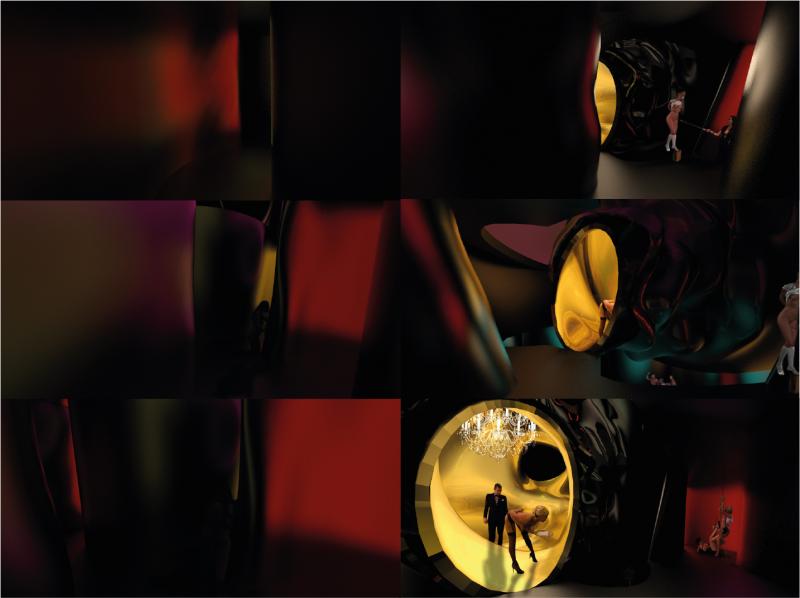

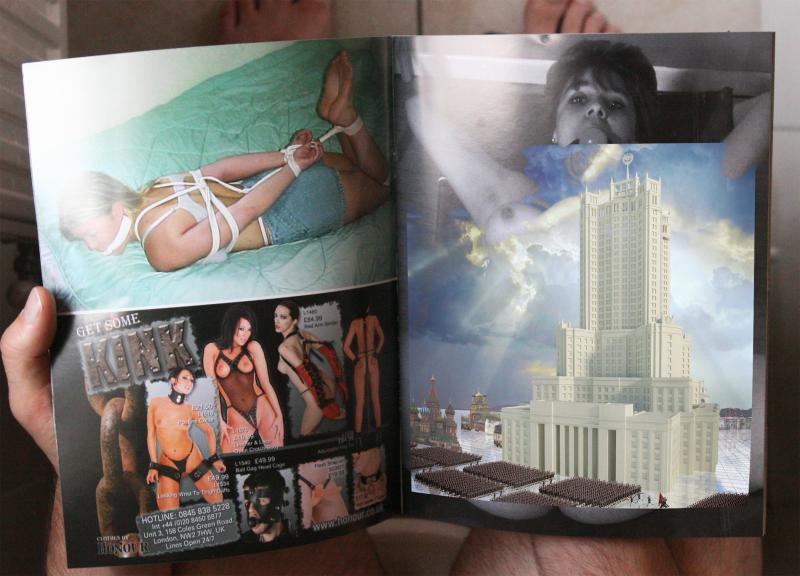
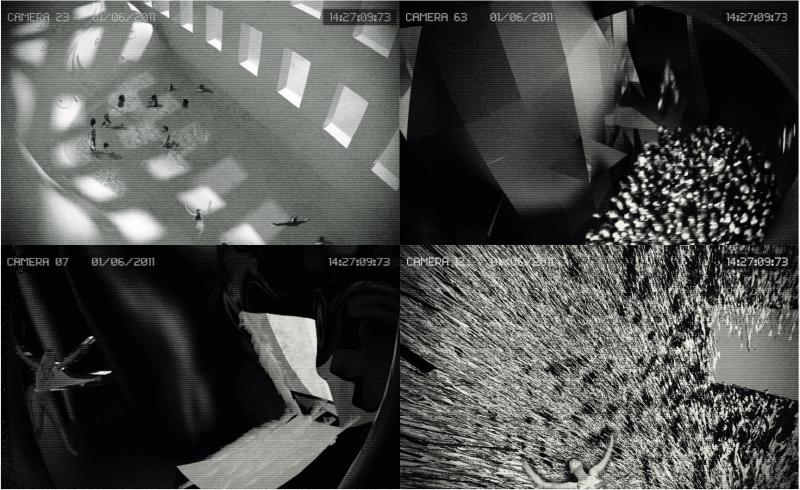
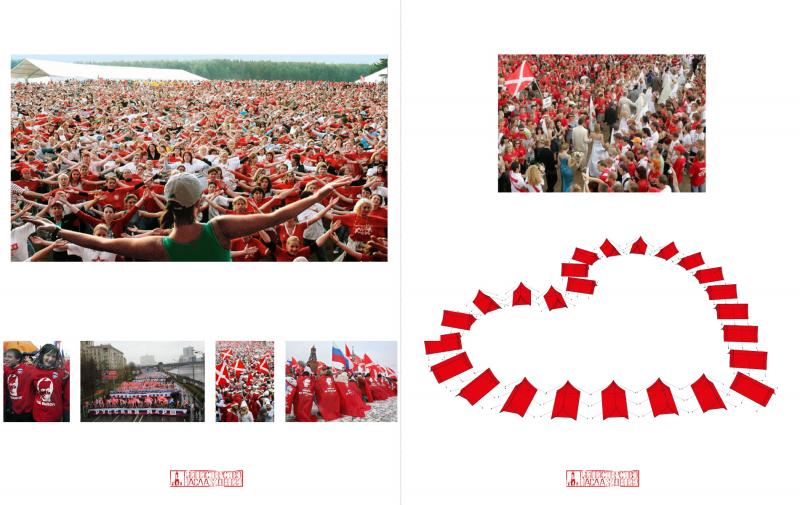
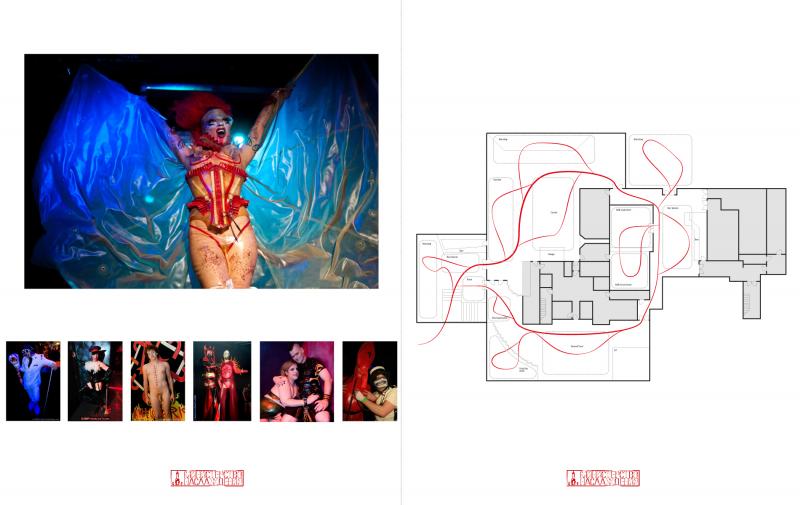
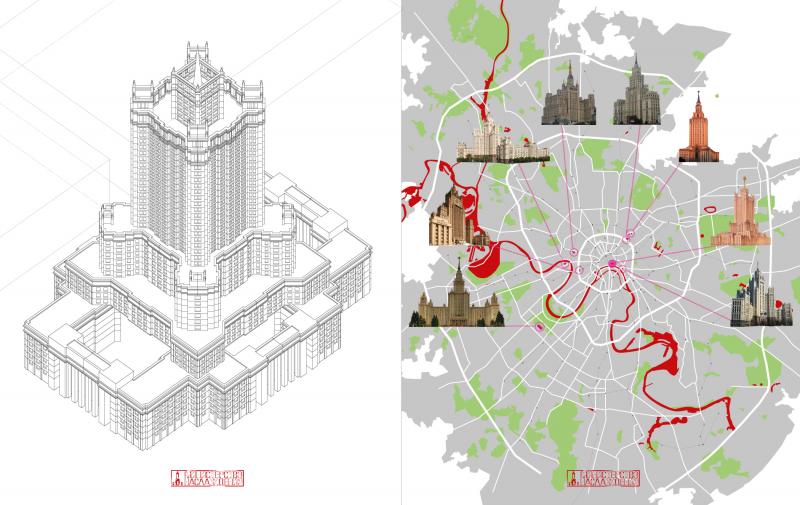
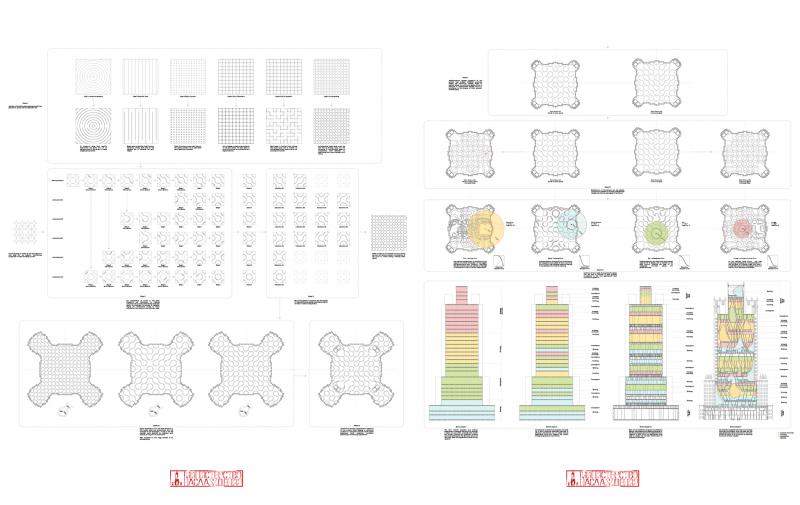
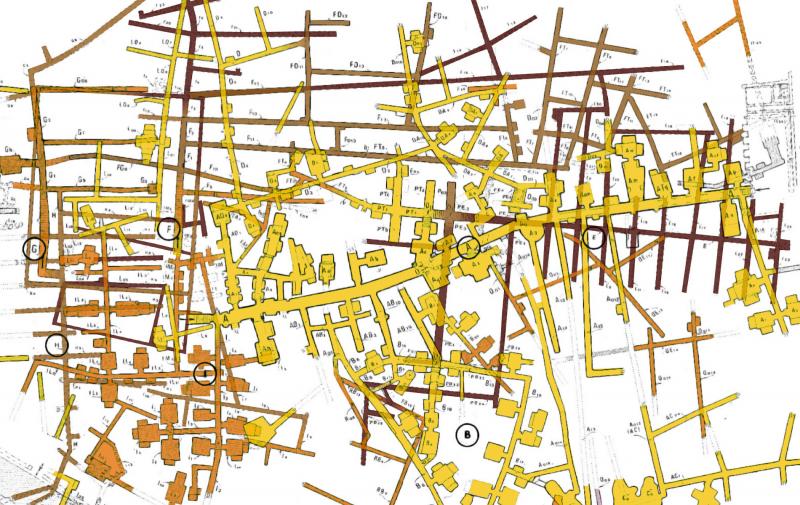
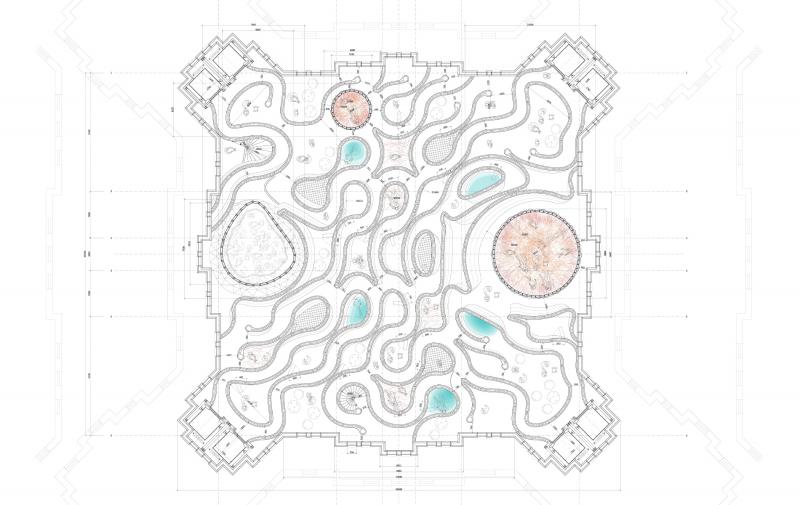
Ministry of Pleasure
Imposed as a measure of control, this is a safe place for the urban youth to let their steam off – a maze of sexual pleasures and obscenities posing as a bathhouse, contained in a neo-Stalinist skyscraper – itself a ghost of regime control past; but, is the darkness of the maze really that easy to control?